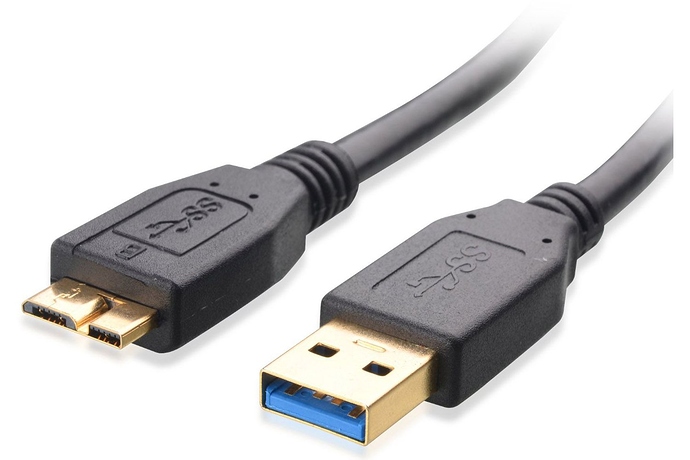Thanks Dylan, your recap is correct.
Regarding the SSD connection, instead of ‘weird’ I should probably describe it as not common. It is a ‘standard’ USB 3.0 connector. Pic here
My NAS comprises four standard hard drives. The recommended setup in my case is to use SSD USB attached storage for the Roon Core (database). Installing on standard HDD will only make my issues worse. Refer Chris Rienke blog re setting up Roon on a NAS.
Chris Rienke Blog re Roon on NAS
Looking further into this issue, I also came across this thread Roon/Tidal - Synology which seems to indicate that using a NAS might be problematic regardless of other issues.
Somewhat frustratingly my NAS solution has only recently started having issues; it has worked fine since October last year. Should I give up on the NAS and go with a Core on PC solution or are there other options to consider?
